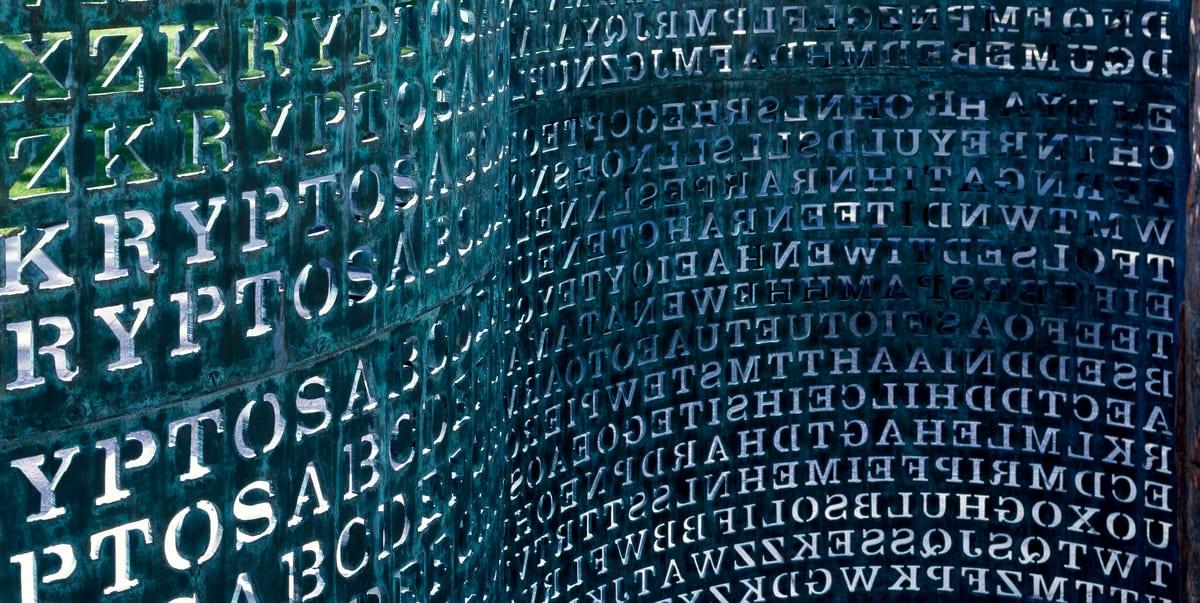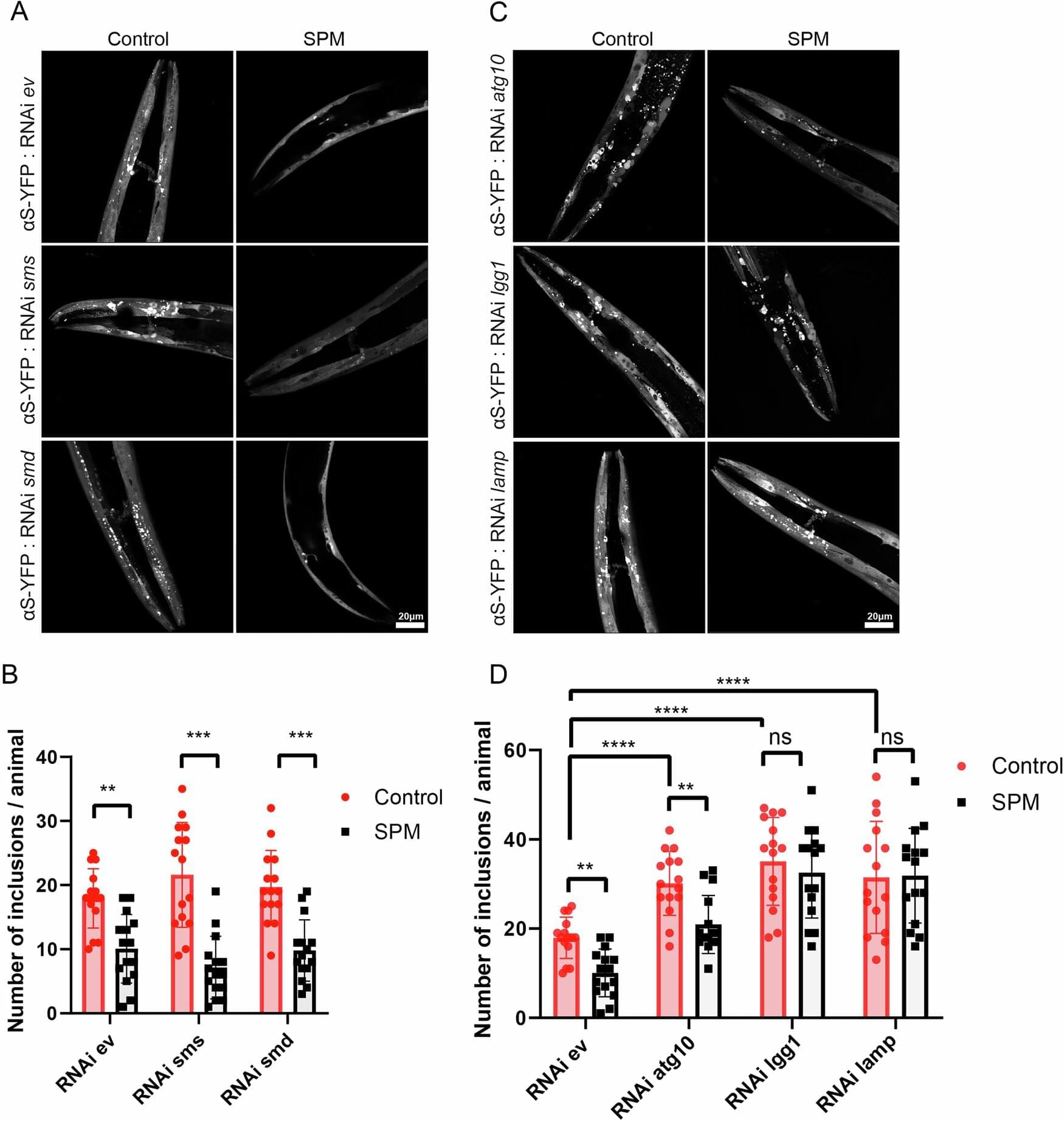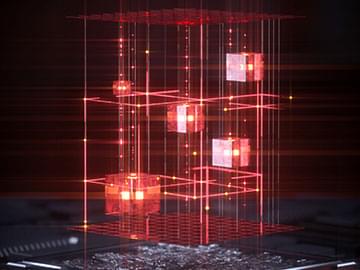A single leaked hint exposed the CIA’s most puzzling code. But dozens of the world’s toughest ciphers are still waiting to be solved.



Researchers at the Paul Scherrer Institute PSI have clarified how spermine—a small molecule that regulates many processes in the body’s cells—can guard against diseases such as Alzheimer’s and Parkinson’s: It renders certain proteins harmless by acting a bit like cheese on noodles, making them clump together. This discovery could help combat such diseases. The study has now been published in the journal Nature Communications.
Our life expectancy keeps rising—and as it does, age-related illnesses, including neurodegenerative diseases such as Alzheimer’s and Parkinson’s, are becoming increasingly common. These diseases are caused by accumulations in the brain of harmful protein structures consisting of incorrectly folded amyloid proteins. Their shape is reminiscent of fibers or spaghetti. To date, there is no effective therapy to prevent or eliminate such accumulations.
Yet a naturally occurring molecule in the body called spermine offers hope. In experiments, researchers led by study leader Jinghui Luo, in the Center for Life Sciences at the Paul Scherrer Institute PSI, have discovered that this substance is capable of extending the lifespan of small nematode worms, improving their mobility in old age, and strengthening the powerhouses of their cells—the mitochondria. Specifically, the researchers observed how spermine helps the body’s immune system eliminate nerve-damaging accumulations of amyloid proteins.




For years, Rick Stevens, a computer scientist at Argonne National Laboratory, pushed the notion of transforming scientific computing with artificial intelligence.
But even as Mr. Stevens worked toward that goal, government labs like Argonne — created in 1946 and sponsored by the Department of Energy — often took five years or more to develop powerful supercomputers that can be used for A.I. research. Mr. Stevens watched as companies like Amazon, Microsoft and Elon Musk’s xAI made faster gains by installing large A.I. systems in a matter of months.

How do we turn uncertainty from a threat into an advantage?
Three years ago, I sat down with someone who has built her entire career around that question: Ursula Eysin, founder of Red Swan and one of the most multidimensional futurists I’ve ever met.
Ursula is a trained ballerina who speaks seven languages, reads chemistry books for fun, mentors startups, and teaches at five universities — and somehow still finds time to help leaders navigate the unknown with clarity and courage.
In this conversation, we dig into: • Why predicting the future is a powerless position • Scenario planning vs. futurism — and why leaders need both • How to reframe uncertainty as a strategic asset • What it truly means to connect as humans in an age of AI • And why strong, diverse leadership matters more than ever.
My favourite line from Ursula remains razor-sharp:
“Turn uncertainty into an advantage. See it as a gift. And connect to other people.”
If you’re steering a team, a company, or even your own life through volatility, this one is worth your time.
If confirmed, the structure may be primordial.

The CDC website now says: “The claim ‘vaccines do not cause autism’ is not an evidence-based claim…” Psychologist David Myers from Hope College summarizes the relevant evidence.
You are an educated reader, so I know that you know that vaccines do not cause autism. However, you probably have also read headlines such as the recent U.S. Health and Human Services release, “Autism Epidemic Runs Rampant.”

The rising incidence of LC underscores the pressing need for more effective treatment strategies. Cryoablation has emerged as a promising approach for various cancers, including non-small-cell lung cancer (NSCLC) [11,12,24]. A recent meta-analysis by Xu et al. (2023) found that cryoablation for the treatment of NSCLC was superior to radiofrequency ablation, with improved disease-free survival time, along with fewer complications and a significant reduction in recurrence rates [6]. While effective, an understanding of the MLT is necessary to assure that lung cancer destruction remains unknown. Several clinical studies have suggested an MLT in the −20 °C to −35 °C range [24,25,26]. Accordingly, in this study we utilized the A549 cell line as a model to investigate the response of lung adenocarcinoma carcinoma cells to freezing in an effort to identify the MLT. Additionally, we investigated the effect of combining cryoablation with gemcitabine, a standard chemotherapy drug as a potential adjunctive treatment path for NSCLC.
Understanding the MLT is crucial for optimizing cryoablation protocols. While previous studies have investigated MLT for various cancers, defining it for LC remains open due to the complex nature of lung tissue and varying responses to freezing. The results of this study demonstrate that A549 cells were effectively destroyed following a: single freeze ≤−25 °C; repeat freeze to −25 °C; combination treatment with a single freeze ≤−20 °C; and combination treatment with a repeat freeze ≤−15 °C (Figure 1 and Figure 3). Our reported lethal temperature of −25 °C for a repeat 5 min freeze is comparable to other published data [24] as well as other cancer types, which range from −20 °C to −40 °C [18,19,21,33,58]. Further, studies have shown that translation of the MLT as determined in in vitro studies translates well into in vivo application. For instance, Snyder et al.